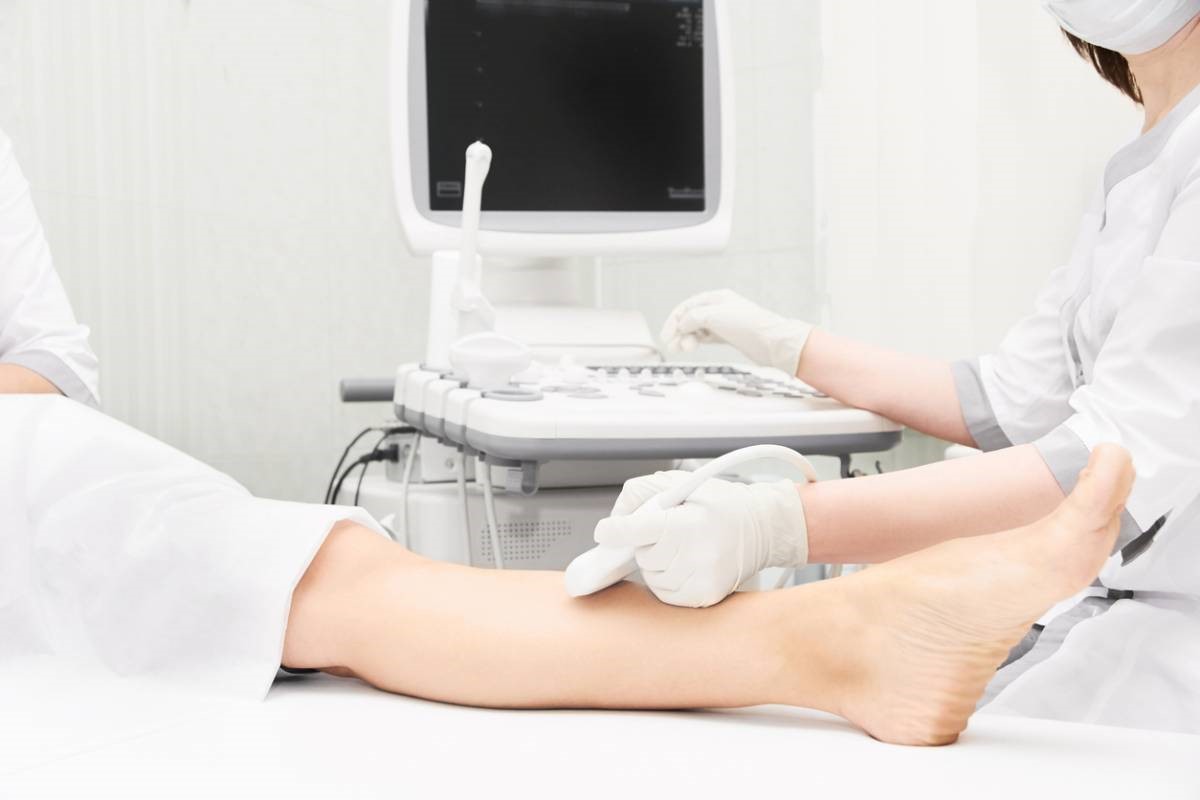Foot and ankle injuries can cause major issues in your daily life due to the impact they can have on your ability to move around. With that, getting medical attention to diagnose and treat the issue is crucial for a speedy recovery. If you end up with a foot injury, it’s important to seek medical attention from a skilled podiatrist. They can conduct the tests necessary to diagnose your injury, in addition to getting you on the right treatment plan. Below are some of the typical tests for a foot injury that may be needed to find the right treatment for your unique injury.
Typical Tests for a Foot Injury
Not all of these are necessary, but you may encounter one or more of the following foot injury tests as they are the most common.
X-ray:
An X-ray is the most common test in the case of a foot injury. An X-ray shows the current state of your bones and joints to see where the injury is at. This helps the podiatrist determine the right treatment options for your unique injury.
Ultrasound:
An ultrasound helps a medical professional see issues with your soft tissue, including masses, tendon tears, and strains. An ultrasound utilizes high-frequency sound waves to help your podiatrist see these issues clearly. One of the major benefits of this test is that it is much more cost-effective than other options despite being just as effective.
MRI:
Another very common test is an MRI which stands for “magnetic resonance imaging.” These are often used when someone has an injury related to sports. Unlike an X-ray, an MRI can see not only the bone and joints but also the soft tissues such as your tendons and ligaments. While an MRI is highly beneficial, it can sometimes provide too much information. This is why your doctor may need both an X-ray and an MRI in some cases.
CT Scan:
A CT Scan, also referred to as a “CAT Scan” or “computed cosmography” test, provides medical professionals with the ability to look at an area of the body three-dimensionally. It is no as common as an X-ray, ultrasound, or MRI, but it can help diagnose certain foot injuries.
Bone Scan:
Just like the CT scan, this test is not as common as an X-ray, ultrasound, or MRI, but it can be helpful in unique cases. A bone scan is helpful as it can detect a fracture that may have been missed on the X-ray. A radioisotope is injected into a patient’s arm. Shortly after, the patient is scanned and a result of positive in the area where pain was indicated by the patient often correlates with a fracture.
Testing and Treatment for Foot Injuries
X-rays and ultrasounds are the most common tests necessary to diagnose and treat your foot injury. A podiatrist can determine most foot injuries from these tests alone. This takes the hassle out of your day as it takes less time and is more cost-efficient than other diagnostic testing. From these tests your podiatrist can create a workable treatment plan for you based on your unique foot or ankle injury.
Expert Foot Surgeons
If you have recently injured your foot, or if you have had ongoing foot and ankle issues, contact Foot & Ankle Concepts, Inc. They have a number of locations all over California, including Oxnard, Ventura, Santa Barbara, Camarillo, Palmdale, and Westlake. They are skilled in treating foot and ankle issues, including providing the necessary testing needed to provide a proper diagnosis. Contact Foot & Ankle Concepts, Inc. today for an appointment with expert foot surgeons!


